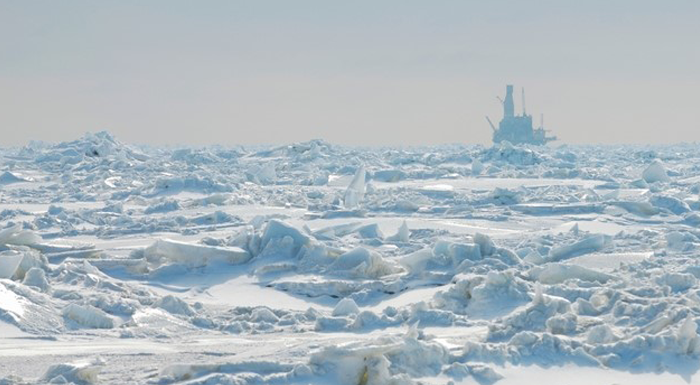
The Arctic provides a high level of petroleum resource potential, especially in the arctic latitudes of Russia, Norway, Greenland, Canada and the United states. Arctic climate can vary enormously but in general, sub-freezing temperatures are prevalent. Extreme cold temperatures, ice and ice-related conditions are challenges to overcome for offshore structures.
Harsh weather, with a limited window for drilling, requires extensive planning, risk management provisions and new equipment and technologies that can provide greater efficiency and withstand temperatures below -45°C.
Below I will outline some important safety and protective solutions in arctic and winterizing conditions offshore.
Thermal insulation for architectural outfitting
Offshore platforms need innovative protective solutions like walls, doors and windows to ensure continuous operation during all types of weather conditions and, at the same time, provide protection and safety for people and equipment against these harsh conditions.
In order to enhance the thermal capabilities of architectural outfitting, thermal insulation can be applied. The aim of applying thermal insulation is to maintain a constant and comfortable temperature within an offshore structure. For operations in the Arctic, thermal regulation within an oil platform should ensure warm or moderate temperatures in order to provide comfortable working conditions for personnel.
By means of thermal insulation, the three components of heat transmittance (conduction, convection and radiation) are controlled. Thermal insulation for protective products like doors, walls and windows should be placed on the internal (warm) side of the product.
Thermal insulations also allows for reduced costs and is an environmentally friendly solution.
Winterizing and arctic cladding systems
Cladding systems are applied to the exterior of a structure with a specific kind of material and are adapted to provide a degree of enclosure to the structure to give the necessary protection against several conditions. Such systems are usually made of lightweight material in order to minimize the additional load imposed on the main construction.
Cladding systems have a controlling effect on the internal environment of the buildings and should be able to separate the effects of the outdoor environment from the indoor environment in other the maintain the internal conditions as intended. In arctic regions, winterizing and arctic cladding systems are applied in to keep arctic weather conditions, such as fierce winds, snow, ice storms and blizzards, outside and protect people and equipment within the structure.
Winterizing and arctic walls provide protection in extremely harsh environments up till -45 oC and can be used to clad and enclose every type of application. The winterizing and arctic walls can be provided with thermal insulation in order to meet thermal requirements and are made of stainless steel, plastisol or mild Steel finished with an offshore paint system.
Conclusions
Ensuring protection against the severe weather conditions in the arctic region, a combination of thermal insulation for protective solutions such as walls, doors and windows, and the application of winterizing and arctic cladding systems, is the most ideal situation. In doing so, personnel and (critical) equipment will be safe and protected.






